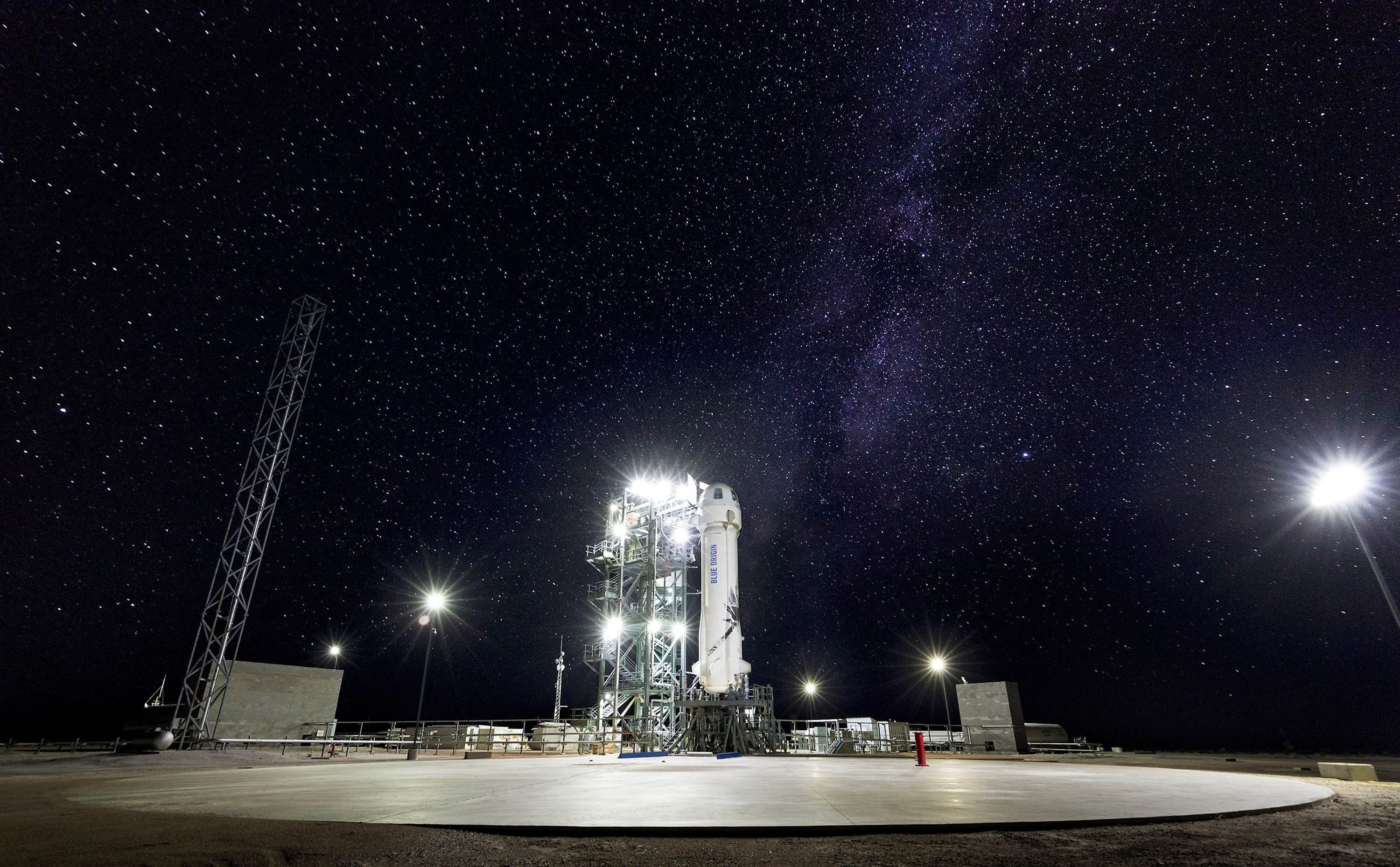The Nature Conservancy Climate Wizard, powered by ESRI, displays free maps of historic climate change and future projected change. Climate Wizard offers scientists, planners, environmentalists, and public users an intuitive means to understand and compare climate change models useful to decision making.
ESRI has had a longtime commitment to environmental sciences and is working with many organizations dedicated to meeting the challenges of climate change. For many years, ESRI has supported Nature Conservancy efforts to protect our planet by providing environmental expertise and geographic information system technology.
The new ESRI-powered version of Climate Wizard was first demonstrated at the 2009 United Nations Climate Change Conference in Denmark. It allows anyone to click a map location and get up-to-date data of climate change trends. A user can also choose between different climate change models to predict impacts on that location.
Climate Wizard uses 16 models from the Coupled Model Intercomparison Program published for the United Nations Environment Programme and the World Meteorological Organization Intergovernmental Panel on Climate Change Fourth Assessment Report. The user selects a model or ensemble of models from a menu and displays them on a GIS map interface.
These new displays replace previous static climate map images with live Web mapping services. An important new capability available due to this improvement enables users to query the 16 different climate change projections for three carbon emissions scenarios at specific locations. They can see the range of future climate projections in graph and tabular formats and view and analyze dynamic data using GIS functionality to see highly specific details relevant to their unique projects. They can also download the climate change data in GIS format.
An extension of Climate Wizard-a future climate model comparison application-allows users to directly compare different model outputs for a chosen area.
The Nature Conservancy launched Climate Wizard in January 2009, with the intent of making climate change a place-based issue so that people would consider how changes in the earth’s climate affect them. The original objective was to build a state-of-the-art framework that could easily accept new data as it is coming from modeling agencies and put this information into the hands of researchers quickly and easily. The addition of ArcGIS Server technology to the tool in December 2009 has made a big step toward achieving this objective by providing live Web mapping services and maps that can be queried on the fly, as well as improved Web application mashup capabilities. The Climate Wizard project is a collaborative effort of the University of Washington, The Nature Conservancy, the University of Southern Mississippi, and ESRI.
For more information please visit
www.esri.com/climate






